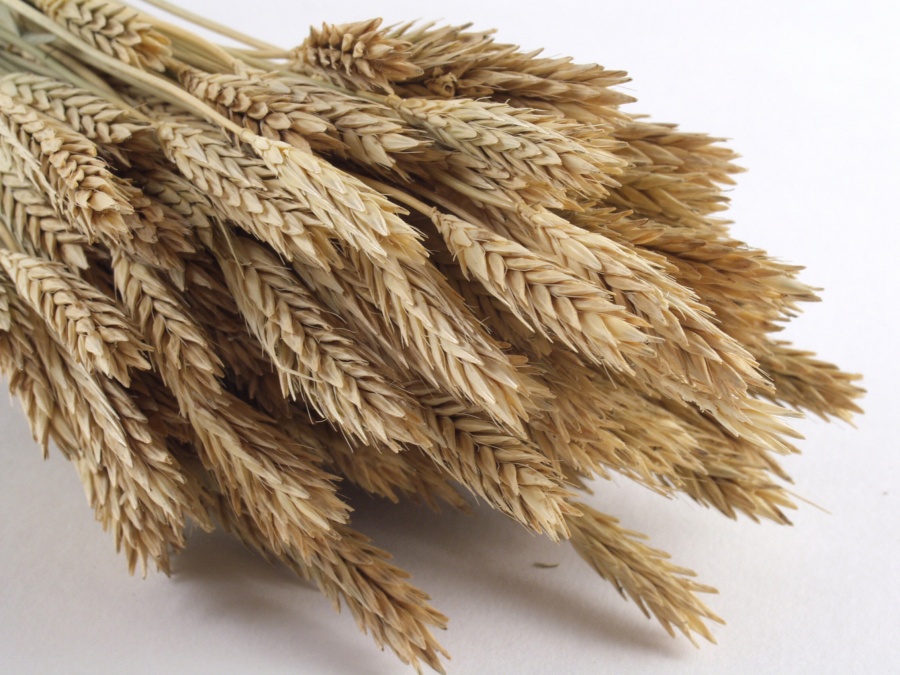Dvar Torah for Parshat Emor
Based on Likutey Halakhot, Shavuot 1:1–3
“…you will bring an omer of the first of your harvest…and he will wave [it]…and you will count…from the day you bring the omer…” (Leviticus 23:10–11,15).
The festival of Shavuot is also called Atzeret, which means assembly or gathering. An obvious meaning of the gathering referred to is the assembly of the Children of Israel at Mount Sinai for the Divine revelation and the giving of the Torah. Without the 600,000 who were there, we would not have the Torah we received. The name Atzeret has more than a historical significance, however. Is has a current, and crucial, message as well.
In order to have Shavuot this year—in order to receive the Torah this year—we need to gather souls. We started gathering them on Pesach when we gave tzedakah (charity) and when we ate matzah. (In Likutey Moharan I, Lesson #57, Rebbe Nachman explains how it is that eating matzah is a “charitable” act.) How? One of the things that most angers God is idolatry, when human beings assert that there is another “almighty” power. The most common, and comprehensive, idolatry is money. By giving tzedakah you show that you don’t worship it. It is not so dear to you.
As a result of your renouncing that idolatry, God bestows more kindness to the world. One of His gifts is daat, the ability to put together opposing ideas and energies, including people, so that they work together in a positive way. The more one (or a community) has this ability, the more Torah-ready he is (they are).
The Omer offering was barley flour. Classically, barley is animal food. Rebbe Nachman teaches that the tzaddik, in his role as Torah teacher and guide, gathers the people, not only so that they can receive the Torah, but also so that the Torah can be given to her proper audience. These people are nefashot, souls. Each nefesh (soul) is made up of a little nefashot, the desires that we have for this and that. The tzaddik gathers all of a person’s desires, whether it is holy, like wanting to pay more attention when saying the blessing before bread, or unholy, like wanting to cheat.
Although we don’t necessarily feel it, those little desires for the unholy are bitter to the soul. The holy desires are fragrant. When the Omer offering was lifted and waved in the six-directions (east, west, north, south, up and down) in the Beit HaMikdash (Holy Temple), it indicated that even the animalistic desires that scatter people’s minds to the far ends of the Earth can be raised to serve God. Similarly, the tzaddik uses the sweet fragrance of a person’s good desires to gather and reclaim the nefashot-desires that have fallen to the animalistic. Those nefashot, too, are part of one’s nefesh. They have to be present so that the Torah can be given, and received.
For our part, we have to continue being charitable so that our daat grows and improves. By counting the Omer, adding day to day, we integrate and assemble nefashot, so that not even a single one of them is lost. Amen.
agutn Shabbos!
Shabbat Shalom!
© Copyright 2011 Breslov Research Institute

